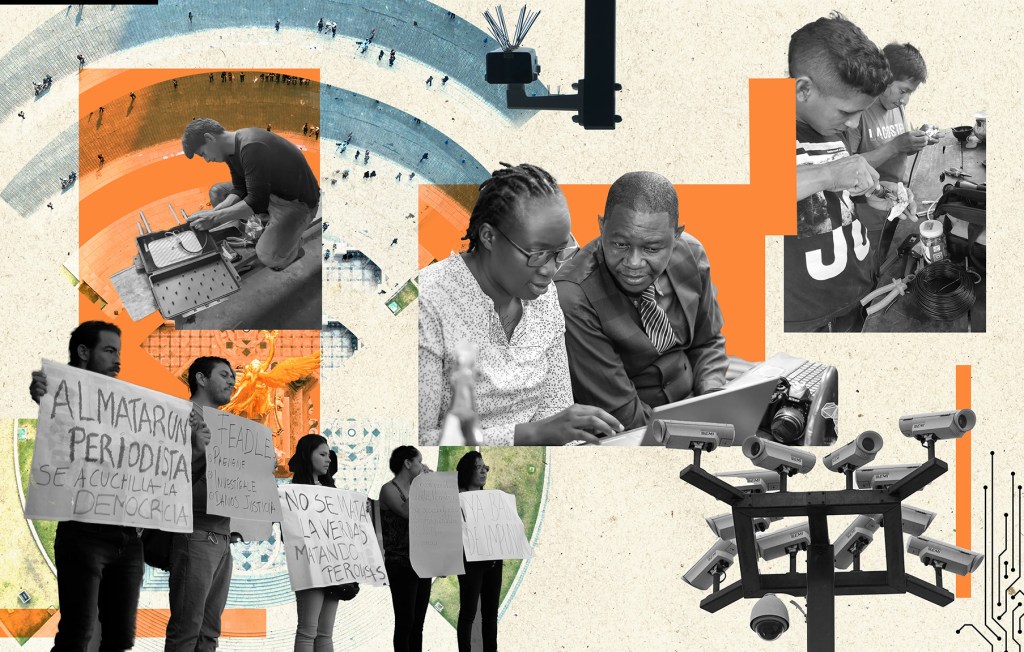
In May 2017, when Javier Valdez Cárdenas met his mother and siblings for their weekly lunch in Culiacán, Mexico, they should have been celebrating good news: He had just learned that he was cancer-free after a thyroid issue. Instead, the award-winning journalist believed his life was in jeopardy. “I’m going to die,” he told them. Three days later, his prediction came true: Moments after exiting Ríodoce, the weekly newspaper he cofounded to report on drug cartels and organized crime, the 50-year-old was ambushed and shot a dozen times. The gunmen dragged him from his parked red Toyota Camry and left him dying, his signature Panama hat beside him. Then they escaped with his laptop, mobile phone, and files.
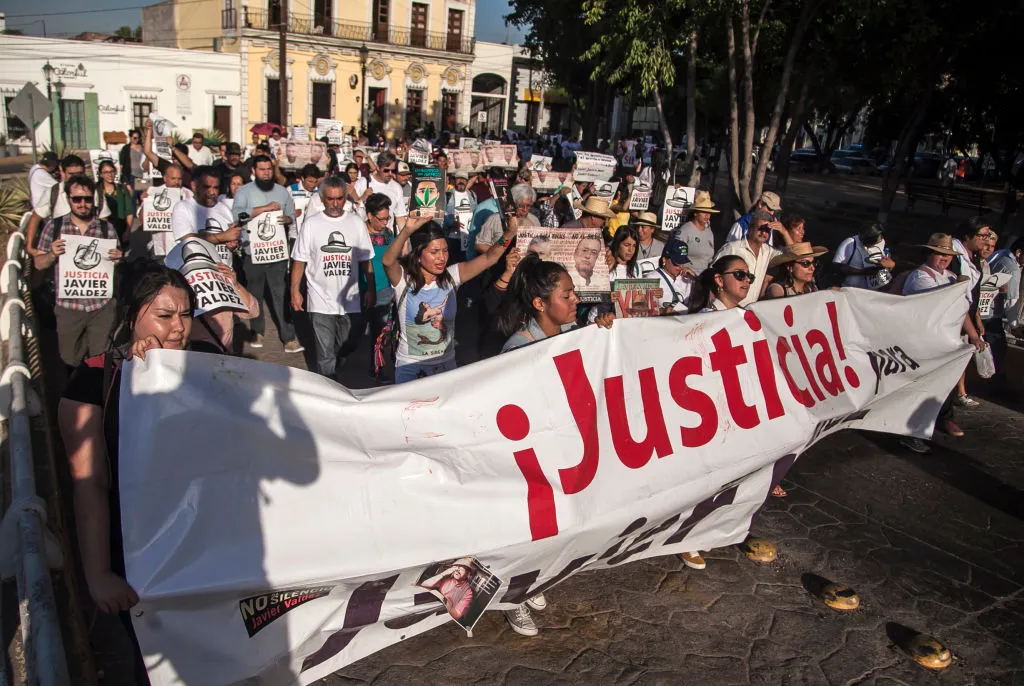
Valdez’s assassination and the theft of his files and devices put his colleagues in danger, and hinted at wider threats to digital safety in Mexico. An October 2022 report by Ford grantees SocialTIC, R3D, Article 19, and Citizen Lab found that over several years, journalists and human rights defenders in Mexico were targeted with a powerful spyware that can infiltrate smartphones and access their contents, transforming mobile devices into pocket-sized surveillance systems that track people in real time.
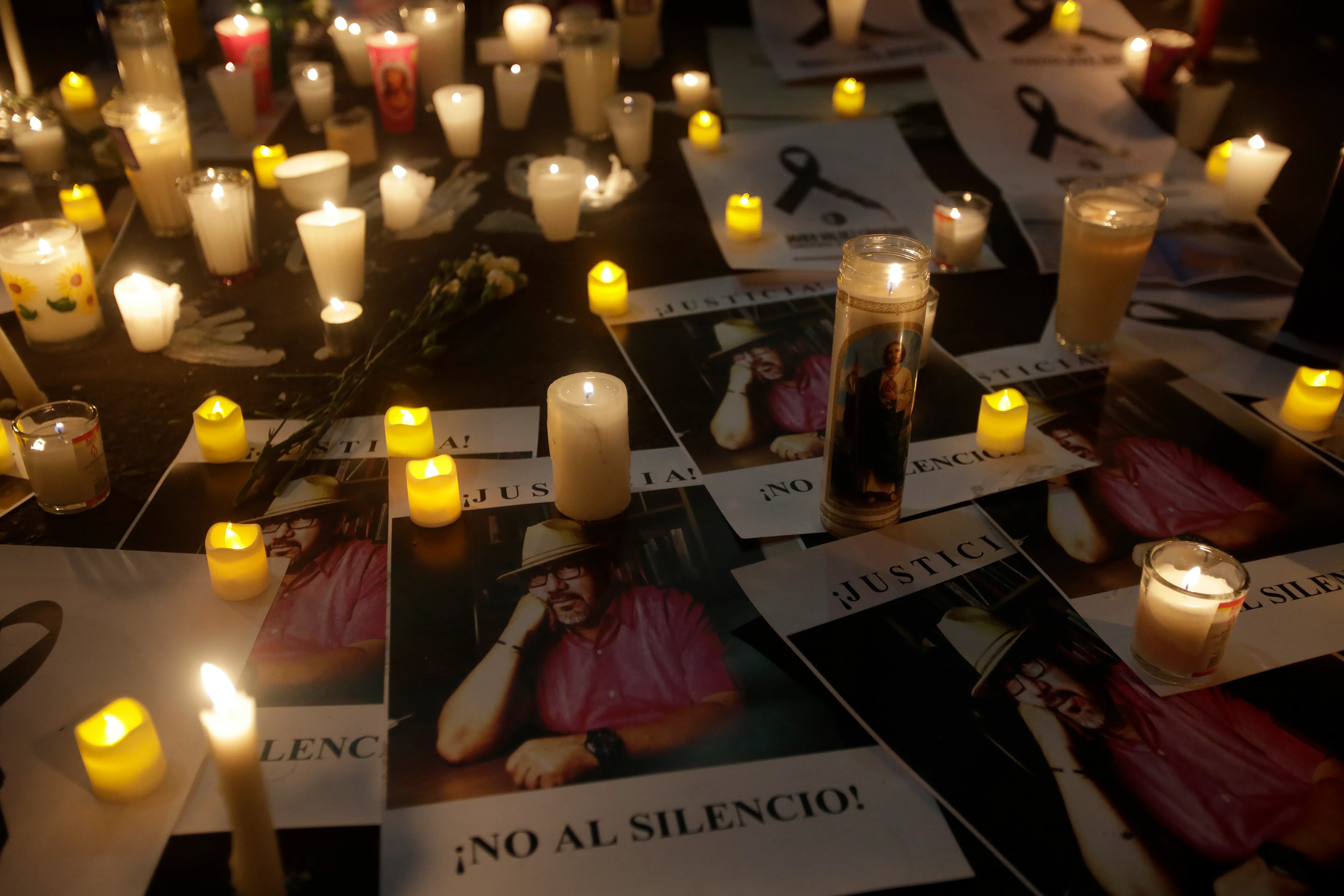
Since 2012, SocialTIC, a Mexico-based nonprofit, has empowered social justice organizations, civic actors, and journalists by providing them with the technical skills to understand and resist threats like spyware. At the same time, it also works to help organizations use tech for advocacy, strategic communications, and civic engagement. “Technology is evolving at a rapid-fire pace, and it shows no signs of slowing down,” said SocialTIC cofounder and CEO Juan Casanueva. He explained that the work is about achieving a delicate balance between the benefits and harms of tech. “There is enormous opportunity, but tech also poses grave threats, and we have felt that firsthand.”
Spyware and surveillance technologies are growing because of a dearth of policies restricting their purchase and use and a growing lack of human rights protections in the Global South. “We were on the ground and very close to the problem,” said Casanueva. “For years we knew that something was downloading into those mobile phones, but we couldn’t diagnose it due to the complexities of this spyware. With international cooperation, we were ultimately able to identify the kind of spyware in use. Digital resilience is about capacity, and we need that in the Global South.”
Increasing access for all
Further south in Brazil, there is growing concern that exclusion from technology is exacerbating inequality. Currently, 35 million people in Brazil cannot access the internet. The COVID-19 pandemic made clear that internet access is not a luxury—it’s a necessity worldwide. In northeastern Brazil’s Amazon region, many rural communities are under constant threat from outsiders burning the forest and using the cleared land for illegal mining, cattle grazing, and monocrop plantations. Activists and journalists reporting on human rights violations face grave risks. With the internet, Indigenous and Afro-Brazilian communities have protection: They can report attacks, sell their products, and organize. They can stay on their land and defend it.
Civil society organizations like Núcleo de Pesquizas, Estudios y Formación (Instituto Nupef) are supporting these communities to fight back.
“Our goal is to build digital resilience,” explained Oona Castro, Instituto Nupef’s institutional development director. “That means creating an environment in which individuals and social justice organizations can work without fear of being attacked or discriminated against with technology.”
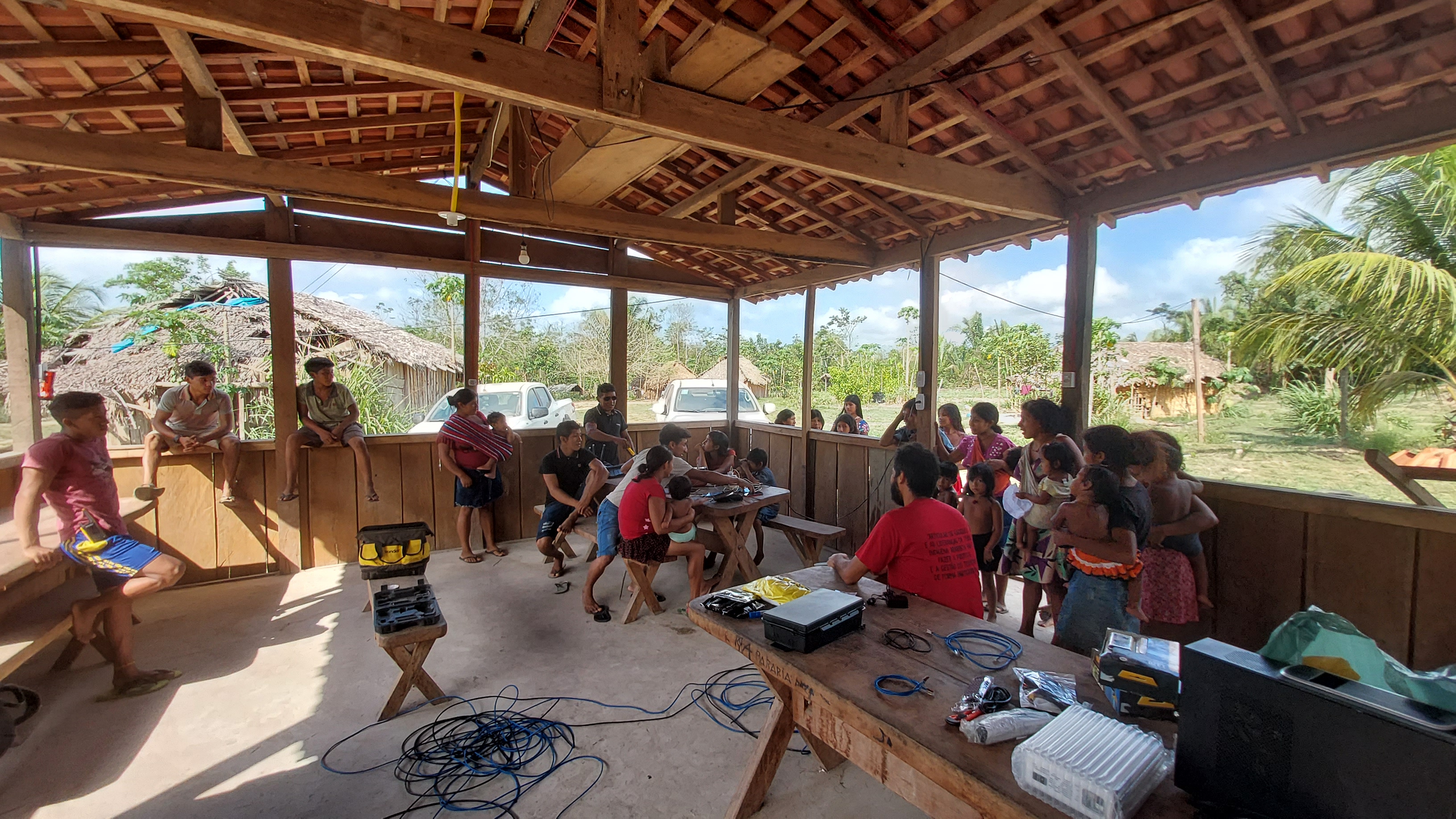
For quilombolas (Afro-Brazilian residents of quilombo settlements) and Indigenous communities who experience violence frequently, technology is critical to help them communicate incidents so they don’t suffer in silence. To address this need, Instituto Nupef manages an autonomous data center and provides web services and hosting to support social movements and civil society organizations. Instituto Nupef also leverages lower-tech solutions such as traditional radio and walkie-talkies for guardians of the forest to report threats and violence to a central hub, which then uses the internet to lodge complaints with the authorities.
“It is not enough to simply install technologies in communities and then walk away,” said Castro. “What’s critical is to organize and empower the people who need technology the most, by supporting communities to understand how to install it themselves and find the greatest use of it for their own lives.”
Spreading the word
Nearly 6000 miles from Brazil, the Collaboration on International ICT Policy for East and Southern Africa (CIPESA) is also working toward safer information and communication technology (ICT). As CIPESA’s program manager Ashnah Kalemera sees it, digital resilience is essential for social justice movements in Africa. It allows them to expand their “understanding of online and offline security threats and have countermeasures in place to mitigate them,” explained Kalemera, “with the ultimate goal of improved governance, service delivery, transparency and accountability and human rights outcomes across the African continent.”
Active for nearly two decades, the Kampala, Uganda-based organization CIPESA uses multiple strategies to create safer internet spaces. It raises awareness about threats to free speech and access to information, conducts research, convenes leaders across sectors to strategize how to protect and promote digital rights, and conducts strategic litigation.
The organization also designs targeted interventions and disperses tools that respond to emerging privacy and data threats. At its annual Forum on Internet Freedom in Africa (FIFAfrica), for example, CIPESA runs help desks and clinics that provide support and training on digital security threats and tools. They also dispatch digital experts to remote regions. Ahead of the 2023 FIFAfrica conference, these experts spent much of September traveling across Uganda, Kenya, and Tanzania, covering thousands of kilometers to deliver digital security tips, information, and guidance. “Many human rights and social justice organizations have limited software and hardware skills,” said Kalemera of their boots-on-the-ground approach.
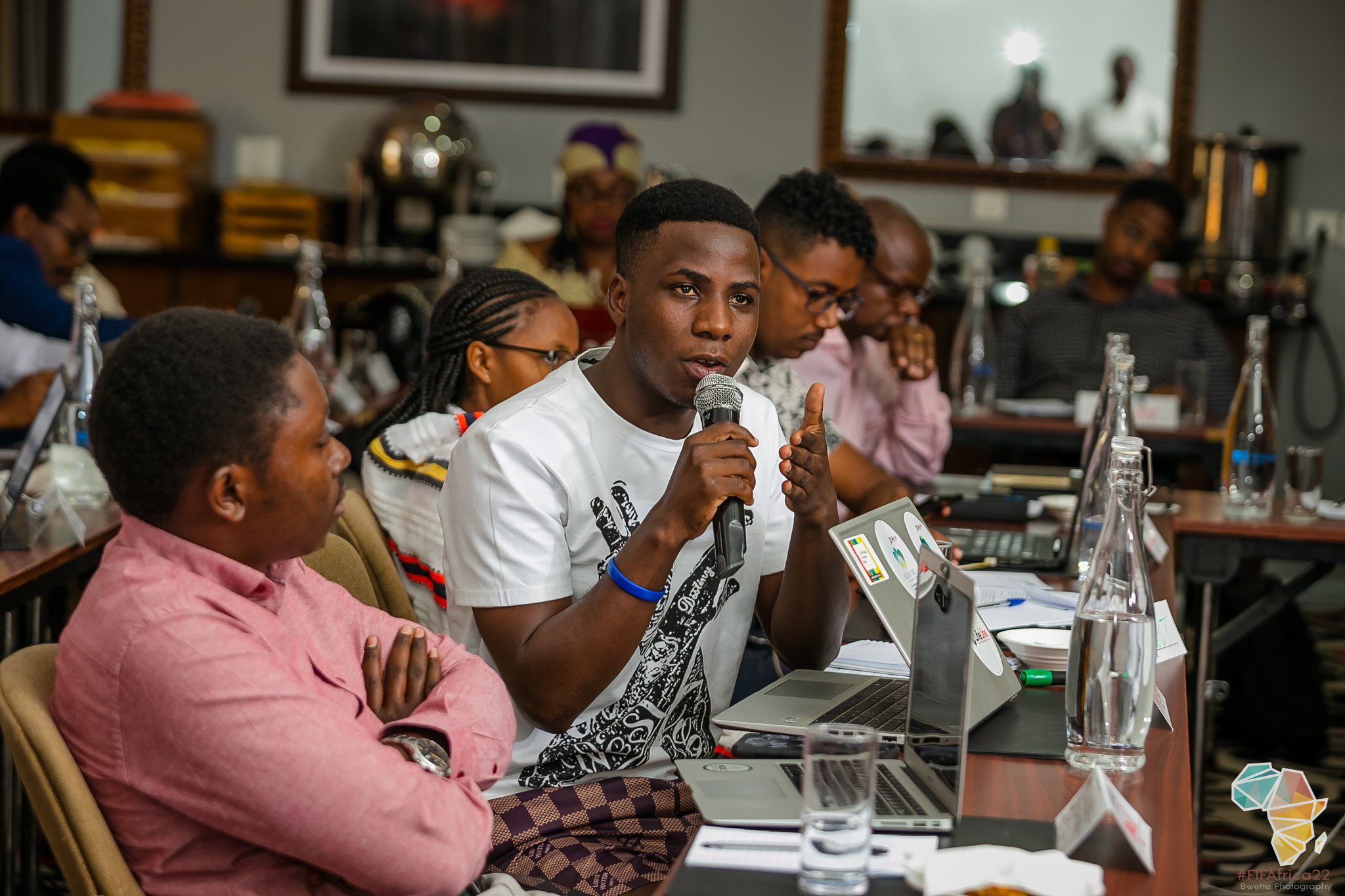
As African countries strengthen and grow their digital connectivity, CIPESA is mindful that people with disabilities must not be left behind. Its long commitment to this issue expanded during the pandemic, when it became clear that people with hearing and visual impairments could not obtain critical public health information. To build a more inclusive tech future, the organization produces evidence-based research on ICT and disability in Africa, centers disability rights issues in conversations about technology access and digital rights, and engages with telecom companies and regional agencies to ensure that they are building services accessible to all.
A World Wide Web of digital resilience
SocialTIC, Instituto Nupef, and CIPESA are three of 10 organizations in the new Global Network for Social Justice and Digital Resilience. Supported by the Ford Foundation and launched at a side event at the UN Internet Governance Forum, the Network is a first-of-its-kind initiative to strengthen in-region centers of technical assistance across the Global South. These organizations equip local social justice groups with the skills, tools, and strategies needed to combat digital surveillance, censorship, and disinformation. Members will engage in South-to-South learning exchanges, transfer technical capacity to frontline civil society organizations, and work to diversify the field of technologists so it includes more leaders who are women, nonbinary, and gender-nonconforming and are people of color.
Proximity is key: As digital threats to civil society continue to mount in the Global South, digital resilience organizations remain concentrated in the Global North. This leaves social justice advocates in the Global South without local or culturally appropriate technical support to address their specific digital threats and needs.
“The Global South is disproportionately impacted by digital harms. Its people experience tech in one of two ways: It is weaponized against them or excludes them altogether. The result is increased polarization, compromised elections, and undermined democratic processes,” said Alberto Cerda Silva, program officer with Ford Foundation’s Technology and Society program. “In contrast, when social justice movements are allied with technical assistance organizations, a new forceful synthesis emerges. Frontline experience paired with technical expertise strengthens the march for progress and social justice across the Global South.”
The Network’s mission is to achieve this progress both locally and globally. Its members are familiar with the Global South’s unique digital ecosystem, including the technology that predominates in lower- and middle-income countries, which is often not the same as in the Global North. Most people in the Global South, explained SocialTIC’s Casanueva, use Chinese devices and operating systems, as well as Android phones, which are less expensive than the Apple products popular in the Global North. “We have to convene people studying the specific technical challenges for the devices we use here,” he said.
Kalemara agrees. “It’s impossible to overstate the need for a digital resilience network focused on the Global South. It promotes South-to-South peer learning and a chance to share experiences from Africa, the Middle East, Asia, and Latin America,” she said. “The opportunity to share knowledge about opportunities and challenges excites us the most. We are grateful to have the chance to learn, reflect, and adapt with sister organizations.”
